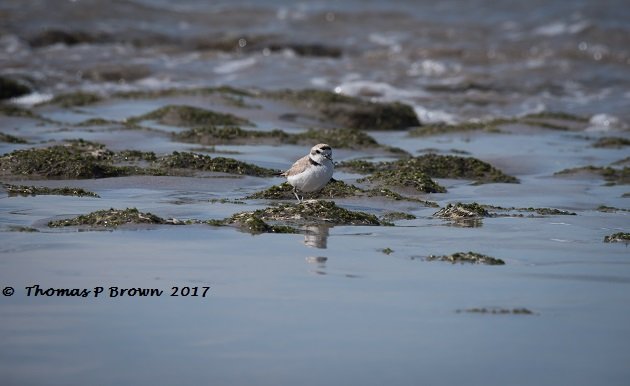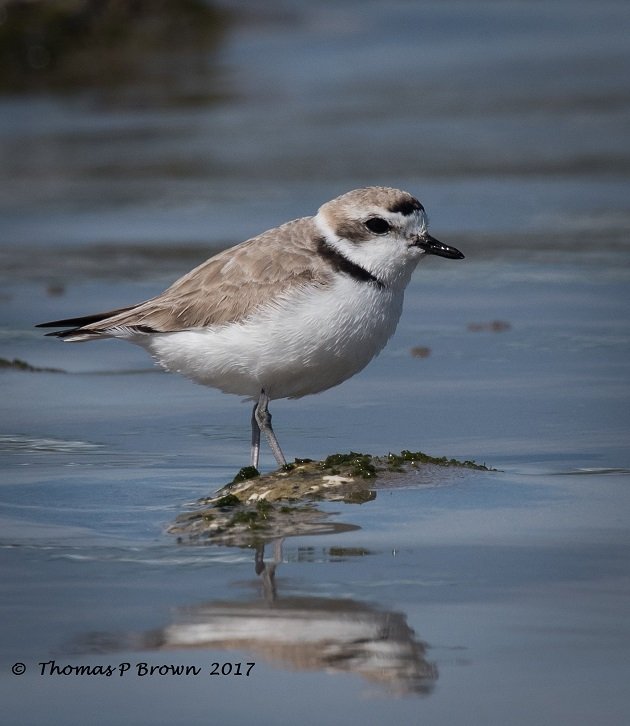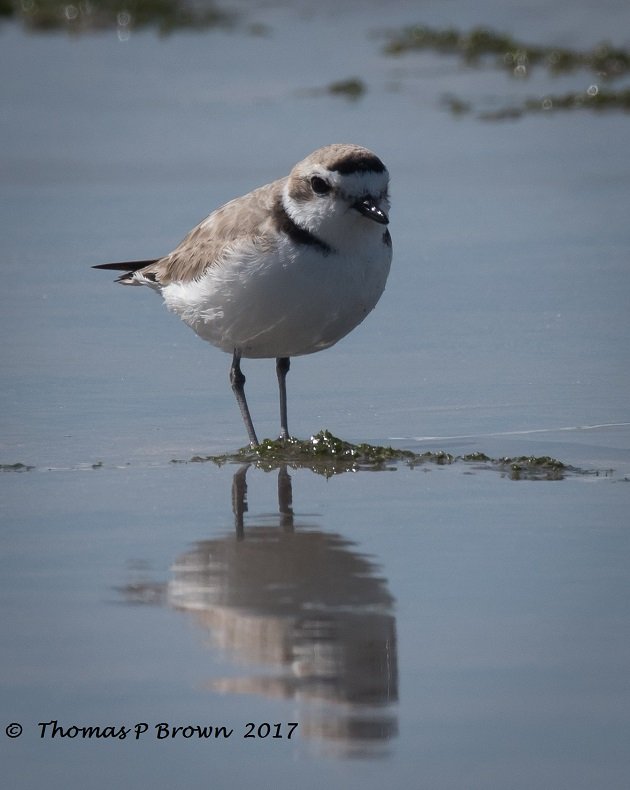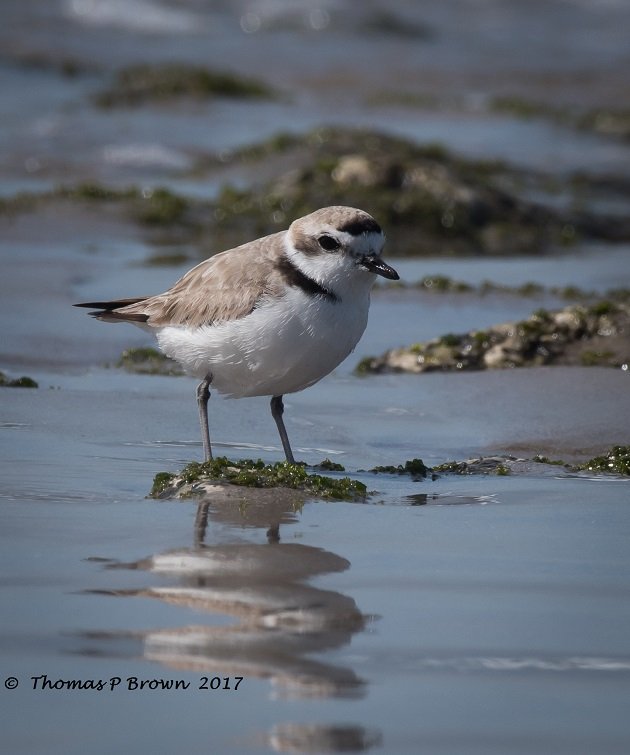
When I was just a wee’ lad, in my formative birding years, I was introduced to the plight of the Western Snowy Plover. A bird, which thru the years took on a mystical component. You see, up to this point, let’s say 1972, perhaps 1973, I had never really been exposed to a “Threatened, or Endangered” species of any kind. Even our local Greater Sage Grouse, which now are receiving a huge effort at habitat protection, and restoration, were just those really cool birds out in the desert. Then, in one of my freshmen science classes, there was a discussion about extinct species, which then lead to the topic of threatened, or endangered species, and what we could do to help out. Well, high school turns in to college, college turns into a job and the need to make a living, and I never found, or helped out the Snowy Plover. Not for lack of trying, mind you. There were many weekends at the Oregon coast, and as always I was on the look out for this diminutive little shorebird.

Even on our trip down the coast of the western United States, every sandy beach, had me taking a little extra time, searching for Snowy Plovers. Now that I am here in Mexico, I finally found them! There is a warm little fuzzy feeling every time I get to see them, and especially this time of year, when they are their most vivid coloration.
There is little doubt about the serious nature of the threat to this bird. Much like every beautiful sandy beach, the human encroachment is substantial. We bring along our dogs, cats, condo developments, four wheel vehicles and even that romantic sunset walk on the beach, can end up being a substantial disturbance to a nesting pair of shorebirds. Even the most innocent of beach activities, flying a kite, can be viewed as an airborne threat to the nest.
At this point, the official status of the Pacific population of the Snowy Plover is shown as “Threatened”. The state of California lists the bird as a “Species of Concern”. In 1981Washington State, and their game department, have listed the bird as “Endangered” in policy #402. The State of Oregon, in 1975 listed the bird as Threatened, and the Oregon Fish and Wildlife reaffirmed that status in 1989 under the Oregon Endangered Species Act.
Their are dozens of organizations that are working to not only protect the Snowy Plover, but to find a middle ground, or section of beach in this case, so that we can have a healthy population of Snowy Plovers, with out taking away access to the beach, and the ever popular sunset beach walk. If you have any further interest in the status, or preservation of the Western Snowy Plover, a couple of the most active organizations are the Western Snowy Plover. org http://www.westernsnowyplover.org/about_plovers.html The American Bird Conservancy https://abcbirds.org/bird/snowy-plover/ and Defenders of Wildlife http://www.defenders.org/western-snowy-plover/basic-facts

For those of you that truly enjoy reading decades long lists of breeding statistics, fledging percentages, population increases, and decreases, along with nest depredation numbers and causes, you will really enjoy the US Fish and Wildlife Western Snowy Plover page https://www.fws.gov/arcata/es/birds/WSP/plover.html I have to admit, I found the depth of the research, and the amount of data stored there. All in all, it was a bit overwhelming, but I was quite fascinated with the marked improvement of the status of this bird.
After several hours of research, my deep appreciation for this wonderful shorebird has not diminished. I will continue to make the drive over to the Pacific Ocean side of the Baja, find a nice, semi-comfortable place in the beachside rocks, and smile contently, as the Snowy Plovers scurry back and forth on the white sandy beaches of Mexico














Leave a Comment